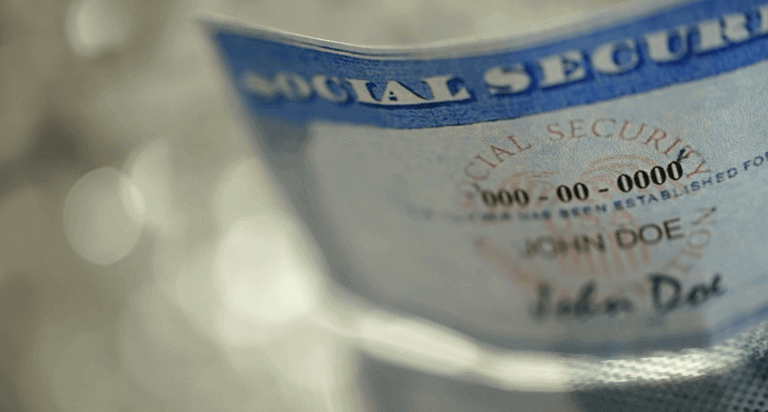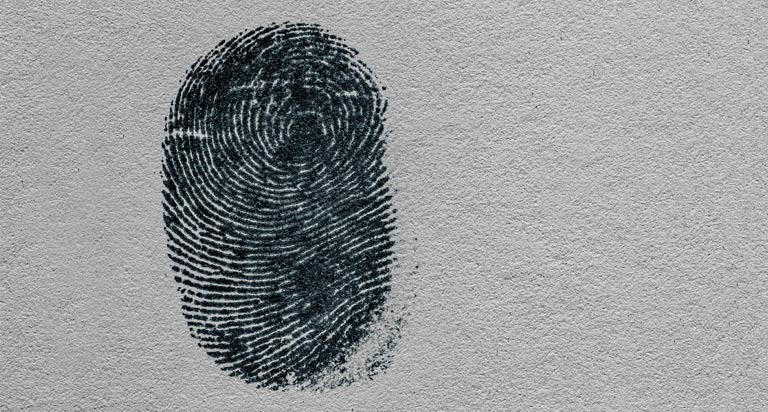What to Do if You Lose Your Social Security Card


Highlights:
- Your Social Security number can be valuable information for identity thieves.
- Consider placing a security freeze or fraud alert on your credit reports if your Social Security card is lost.
- If you know your Social Security number has been stolen, there are some additional steps you can take.
Your Social Security number is a valuable piece of information to identity thieves. It's a key element of your identity and is also linked to taxes and credit information. And except in limited circumstances, it can't be changed. That's why it's so worrisome to have your card lost or stolen.
What to do if your social security card is lost or stolen
Here are some steps to take for a stolen or lost Social Security card:
- Consider placing a fraud alert or a security freeze on your credit reports or locking them. With an initial fraud alert, potential lenders and creditors are encouraged to take additional steps to verify your identity, such as contacting you by phone, before extending new credit. A fraud alert lasts for one year and can be renewed. Fraud alerts are free. Contact one of the three nationwide credit reporting agencies (NCRAs)—Equifax®, Experian® or TransUnion®—to request a fraud alert, and that NCRA will notify the other two.
Security freezes help prevent access to your credit reports to open new credit accounts, with certain exceptions. Security freezes are federally regulated, and a freeze must be temporarily lifted or permanently removed each time you apply for new credit. Placing, lifting and removing security freezes is free, but security freezes must be placed separately at each of the three NCRAs. At Equifax, you can create a myEquifax account to place a security freeze. Visit our security freeze page to learn more.
- Request a Social Security card replacement from the Social Security Administration. The Social Security Administration allows free card replacements, but you are limited to three per year or 10 throughout your life (name changes and other exceptions don't count). You can create a my Social Security account to request a replacement card if you:
- Are a U.S. citizen age 18 or over with a U.S. mailing address
- Are not requesting a name change or any other changes on your card; and
- Have a driver's license or state identification card from a participating state.
If you are not in a participating state and cannot request a replacement card online, you will have to apply at a local Social Security office. You'll need to provide documents proving your identity and age. Learn what documents are needed here. Print an application and fill it out, then take the application and documents to the Social Security office. Your new card will be mailed directly to you. Depending on your situation, you may be able to apply for a replacement card online.
You might also consider calling the Social Security Administration at (800) 772-1213 to report the lost social security card.
- Check your credit reports. Keep an eye on your credit reports to make sure no unauthorized new accounts are opened in your name or no existing accounts are changed without your authorization. You might also want to be on the lookout for any address changes you didn't make or any inquiries from lenders and creditors you haven't applied for credit with. You are entitled to a free copy of your credit reports from each of the three NCRAs by visiting www.annualcreditreport.com. You can also create a myEquifax™ account to get free Equifax credit reports each year. In addition, you can click "Get my free credit score" on your myEquifax dashboard to enroll in Equifax Core Credit™ for a free monthly Equifax credit report and a free monthly VantageScore® 3.0 credit score, based on Equifax data. A VantageScore is one of many types of credit scores.
If you know your Social Security number has been stolen, here are some additional steps to take:
- File a police report or a Federal Trade Commission (FTC) Identity Theft Report. This will help in case someone uses your Social Security number to commit fraud, since it will provide a legal record of the theft.
- If you believe your identity has already been used, you can also contact the Social Security Fraud Hotline at (800) 269-0271.
- Call the Internal Revenue Service at (800) 908-4490 to report the theft and help prevent someone from submitting a tax return in your name.
- Consider placing an extended fraud alert on your credit reports. An extended fraud alert requires a police or FTC identity theft report. It lasts for seven years, and requires lenders or creditors to verify your identity (in person or by phone at a number you provide) before opening new accounts or making changes to existing ones.
Your name is removed from pre-screened credit card or insurance offers for five years.
- If you see information on your credit reports that you believe is inaccurate or incomplete, notify the lender or creditor. You can also file a dispute with the NCRA reporting the information. To file a dispute regarding information on your Equifax credit report, you can create a myEquifax account. Visit our dispute page to learn more about filing a dispute.
- File a police report or a Federal Trade Commission (FTC) Identity Theft Report. This will help in case someone uses your Social Security number to commit fraud, since it will provide a legal record of the theft.
Protecting your social security card moving forward
Once you replace your Social Security card, certain precautions can help you keep it safely in your possession. Consider implementing the following to protect your physical card:
- Don't carry your Social Security card with you. If you keep your card in your wallet, you increase the risk of losing it. Worse yet, it may be misused by the person who finds it. Ideally, you should store your card somewhere secure at home. Consider keeping a small safe for important documents that could be used to identify you.
- Memorize your Social Security number. By doing this, you can provide it on demand without having to carry the physical card with you. You may need this number when filling out taxes or certain financial application forms. If you have children, you can protect their Social Security cards by memorizing their numbers as well, which will be necessary to complete tax forms.
- Use alternate forms of identification when possible. Sometimes, agencies require proof of your identity. Agencies will accept Social Security cards as evidence, but other options exist. For example, only Pennsylvania requires a physical Social Security card to issue a REAL ID. Other states accept forms like a W-2 or pay stubs.
Of course, thieves don't necessarily need your physical card to wreak havoc on your identity. Even the number can be enough to open accounts in your name. Protecting your Social Security number is just as important as protecting the card.
- Safely dispose of all documents that have your Social Security number printed onto them. Invest in a paper shredder or black out any sensitive information before disposing of documents.
- Never recite your Social Security number in public. If you need to provide it, consider writing it down and taking the paper with you or typing it onto your phone to show the person who needs to record it.
- Know who you provide your Social Security number to. Phishing scams through emails and phone calls may attempt to gain access to your Social Security number. Sophisticated scammers may approach you with suspicious letters, emails or phone calls. Once they have your attention, they may state that the information is necessary to confirm your identity. Know when it's necessary to provide a Social Security number and why it's needed so you know when not to give it out when requested.

Sign up for a credit monitoring & ID theft protection product today!
For $19.95 per month, you can know where you stand with access to your 3-bureau credit report. Sign up for Equifax CompleteTM Premier today!



